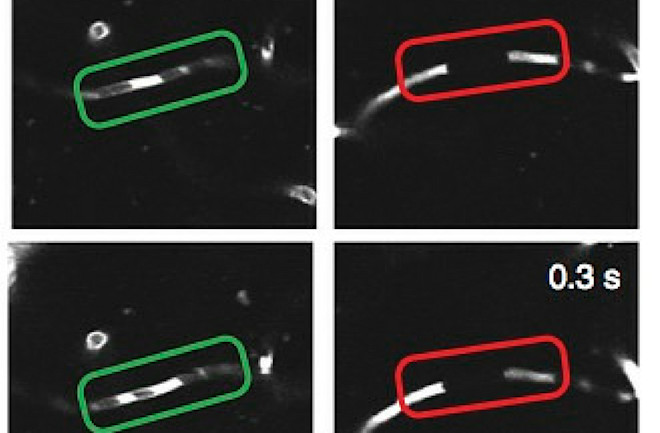Citizen Science Salon is a partnership between Discover and SciStarter.org.
In 2016, a team of Alzheimer’s disease researchers at Cornell University hit a dead end. The scientists were studying mice, looking for links between Alzheimer’s and blood flow changes in the brain.


